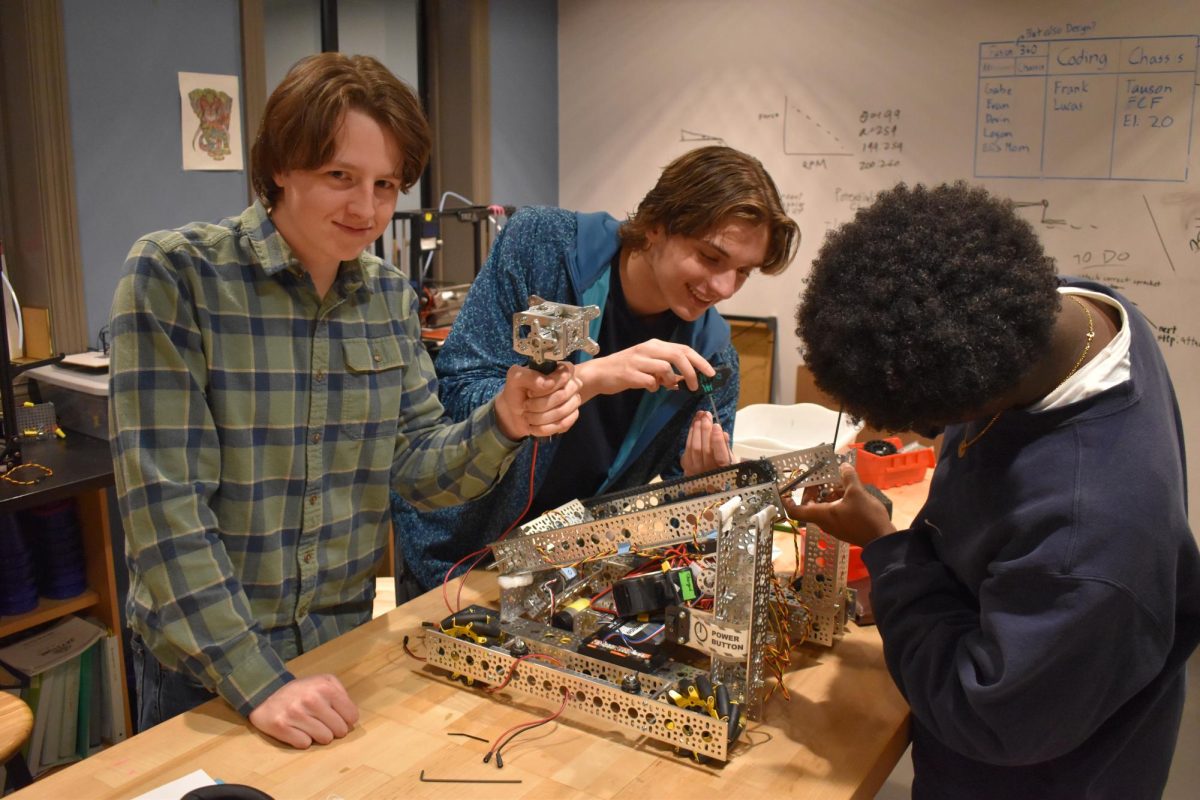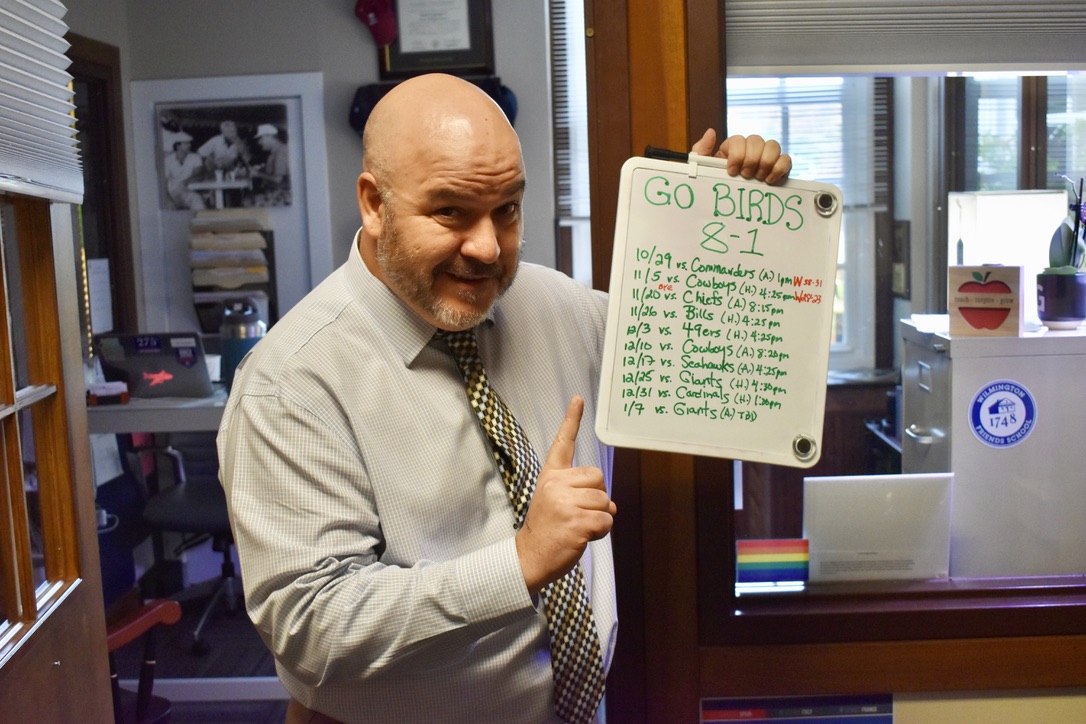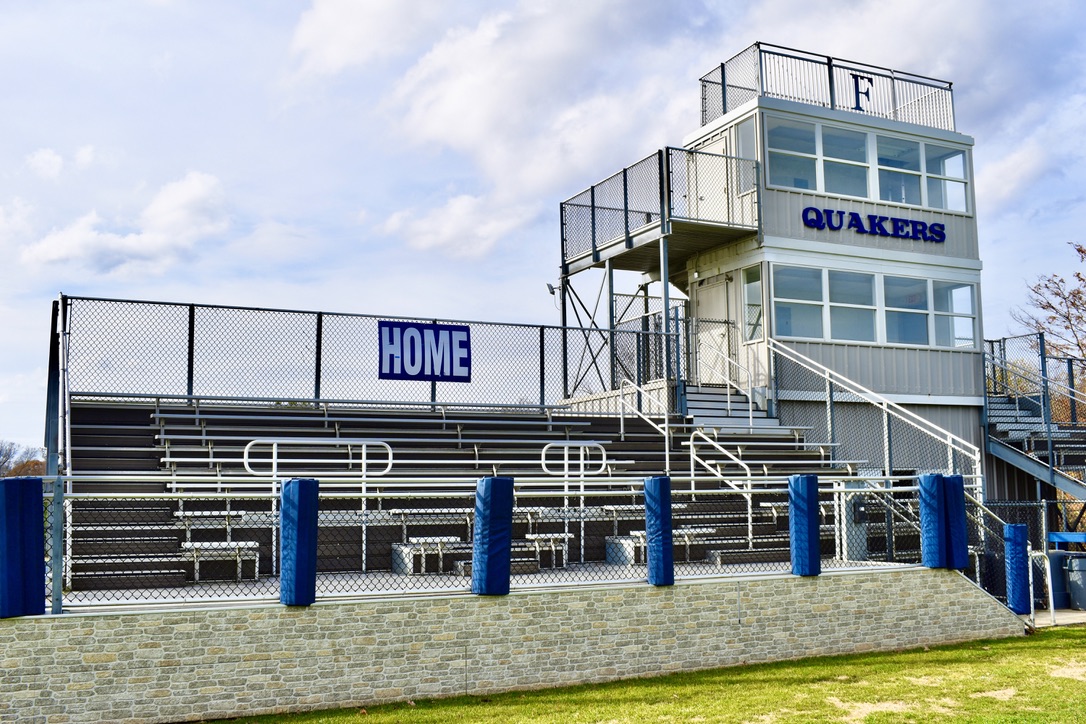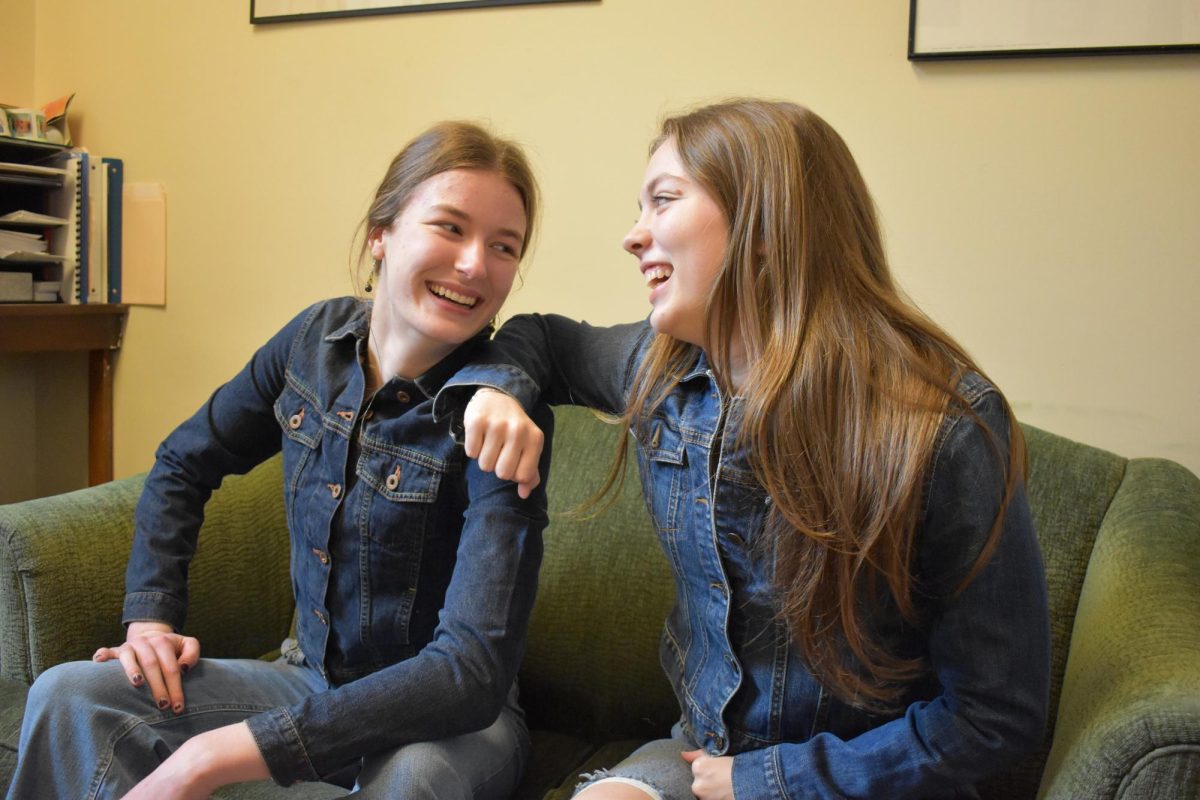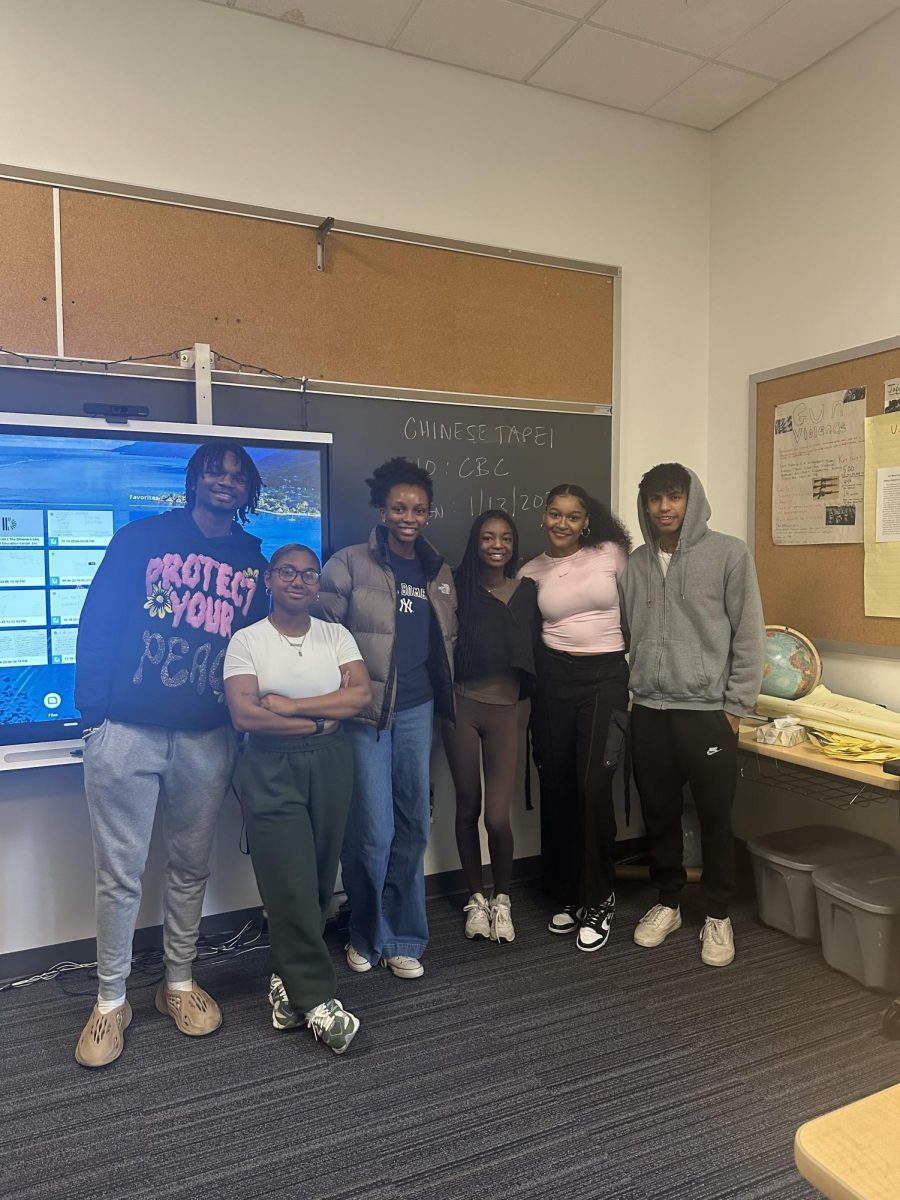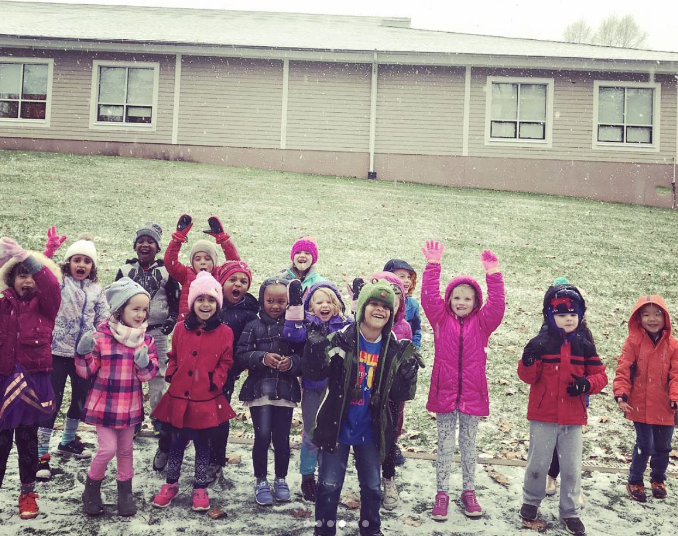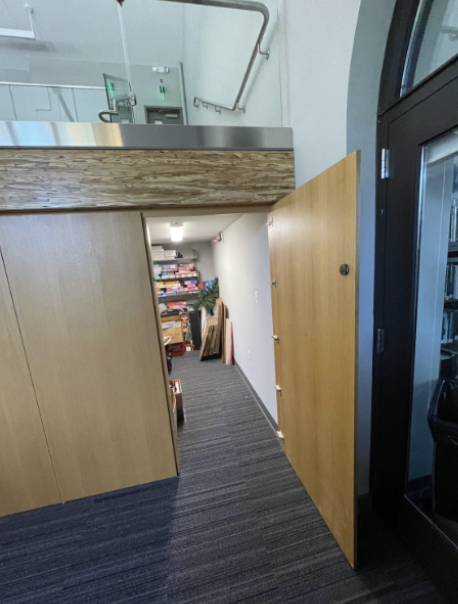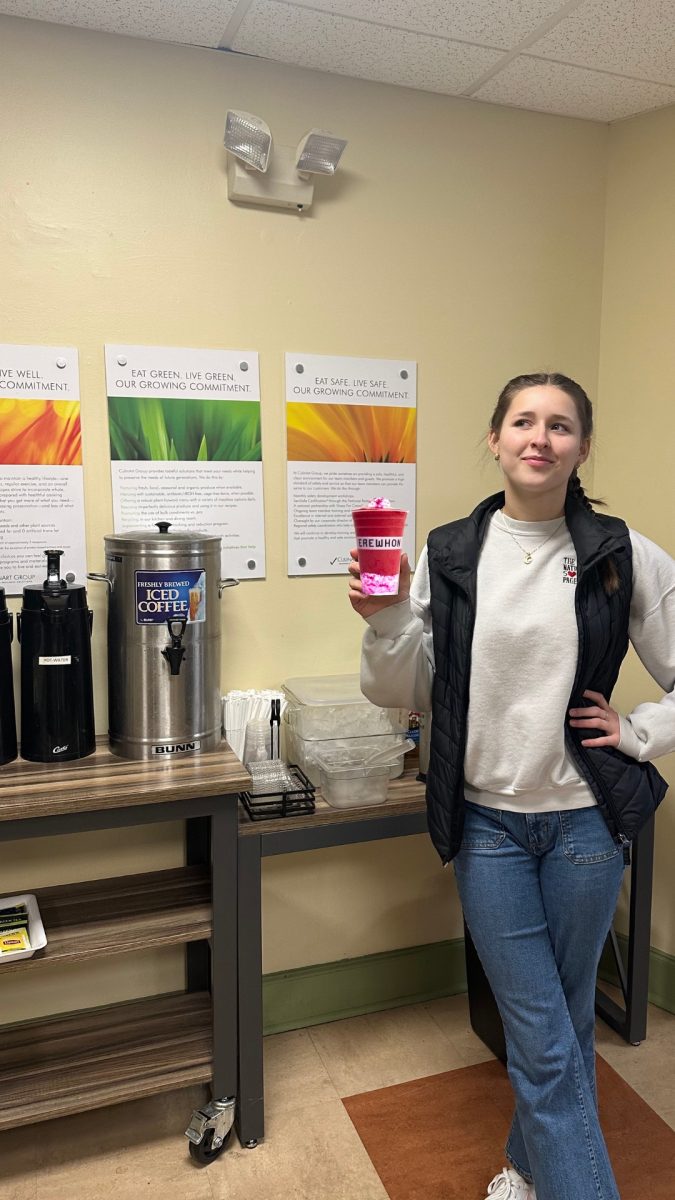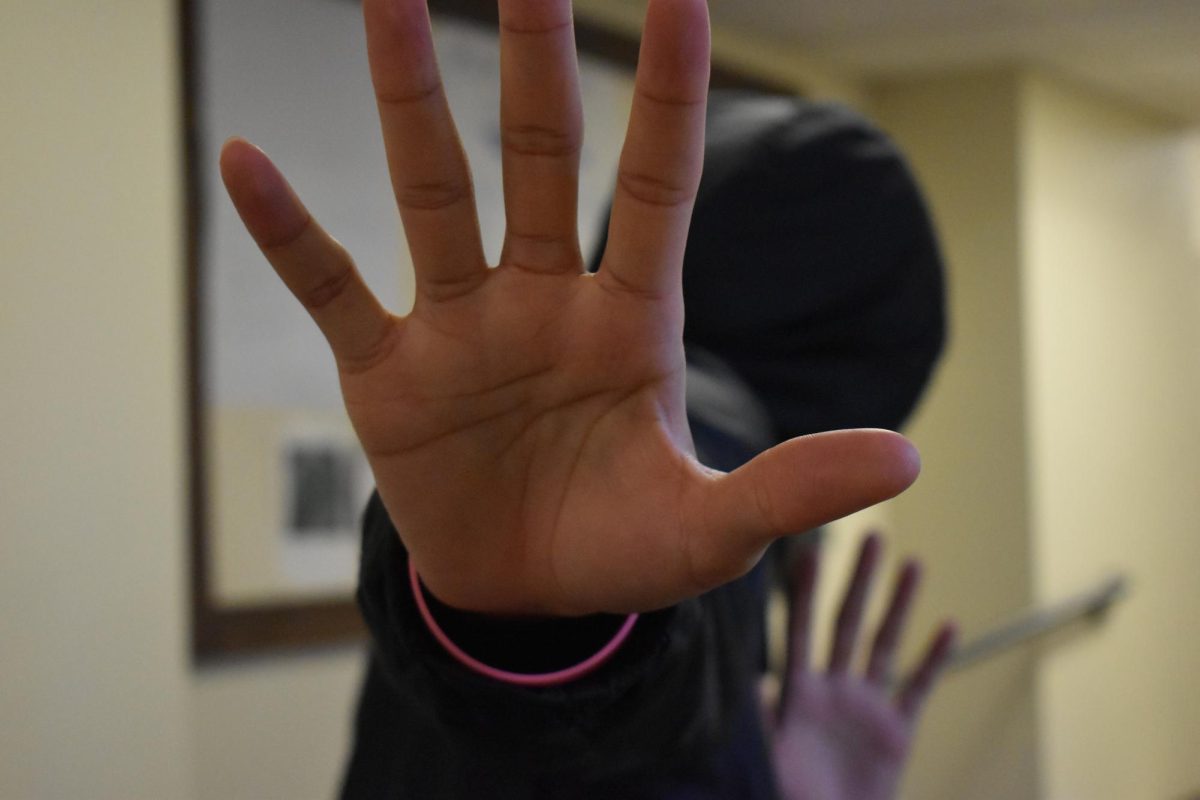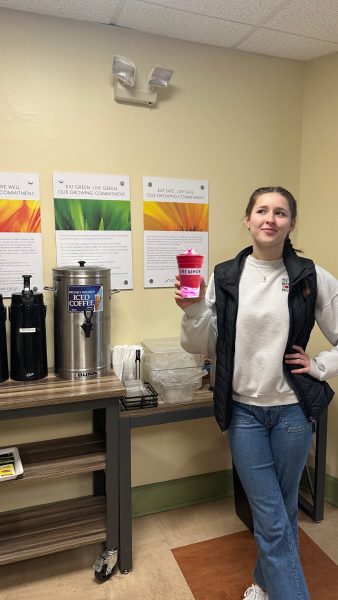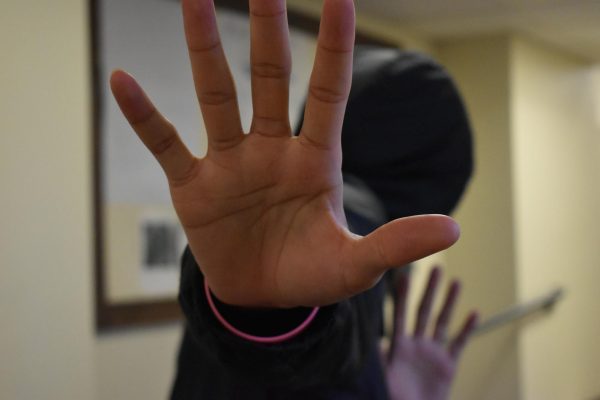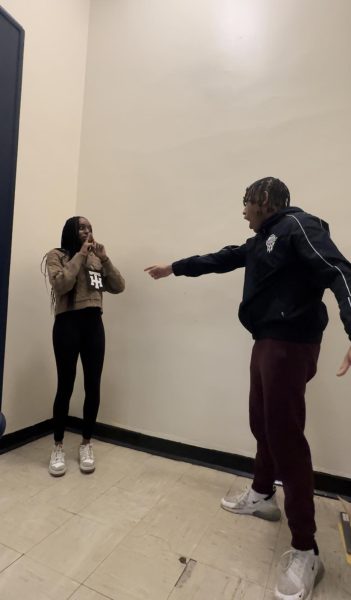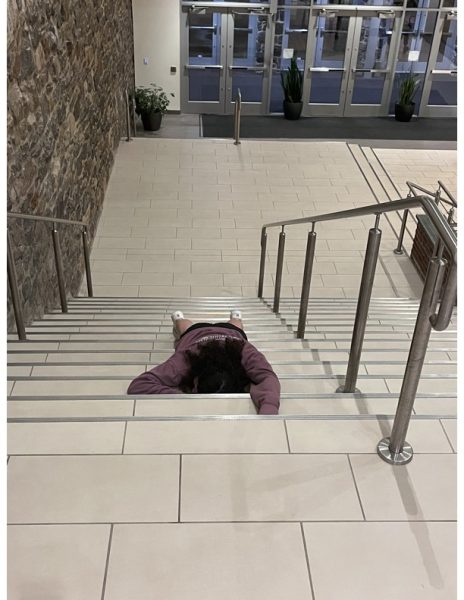Outside Classes Starting In the Spring
April 17, 2021
Lunches have started to be outdoors as the weather is getting warmer. Students gather in small groups and eat socially distanced. Why outdoor eating is so beneficial to students is because there is less risk of spreading covid when students are outside. Students need to take off their masks to eat. Eating outdoors reduces the spread but is also a nice break from the indoors and good fresh air. Classes will hopefully start being held outside too.
One of the biggest reasons why having outside classes is preferable is because the COVID19 risk is lower when people meet outside. Students who are unable to attend in-person lessons will not be able to zoom in synchronously to classes that are held outside. That may seem like a negative effect of outdoor lessons because those students will not be able to participate as actively as they did when the class time was entirely inside. A virtual student has an opposite perspective, Drew Desmond, class of 2024, has been an all virtual student since October, he comments, “We have enough class as it is and, I think outside classes would provide me, as well other virtual learners time to go outside ourselves.” Asynchronous classes are often better for remote students because it often means they are more engaged with the assignment itself instead of trying to appear present over zoom. Courtney Mckinley, physics and science teacher, commented that it is important to “find that balance between too many asynchronous classes for remote students and too many synchronous ones.” A bonus to the commonality of outside classes is that physics and science classes will have the opportunity to study nature for their labs more than they used to because outdoor learning is easier now that it will be familiar.
Do keep in mind that not all classes will be outside in the future, some classes require computers and that means students will have to stay inside for class because the school’s wifi cannot reach outside for proper working conditions. For example, in Courtney McKinley’s ninth grade physics class students use their computers for labs often and they also use websites to practice for tests and assignments. This is often common in class and it’s understood that not every day is suitable for outside learning but the school is going to start incorporating outside classes and activities into an everyday routine for in-person learners and teachers.
There are, surprisingly, a lot of materials and requirements to have successful classes outside. When a normal class is being held outside where students need to be sitting and working on something for long periods of time the asphalt or the football field isn’t suitable so almost all students bring a lawn chair to sit on or some kind of pad or coat for the ground. Lawn chairs are stored in students’ advisors’ rooms. Students have a ten-minute chunk of time between classes so that they have time to follow the arrows on the floor and avoid the spread of covid in hallways. This time is also there for students to grab their lawn chairs and go outside without losing too much class time. Students in Mckinley’s class have been using whiteboards outside often because they double as clipboards. Collier Zug ’24 commented, “The ideal outdoor class would be a teacher having the class sit outside in a small circle with a structured activity for them to do.” Outdoor discussions are the easiest class to pull off.
Outside classes do have negative qualities as well. Being outdoors means that there is more for students to get distracted by. Heat, itchy plants, bugs, the sun, and loud cars are all distractions. It is important to not have every class outside because of this as well.
Outdoor classes benefit everyone from teachers to in-person students to virtual learners. Outdoor classes are one change that will brighten days and school and make learning more exciting and fun.




